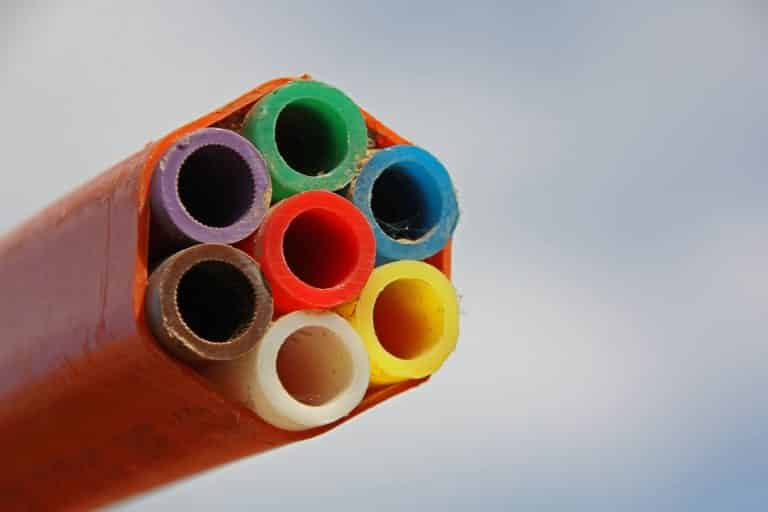Specifically, it is addressed in this article how the speed of an internet connection is highly reliant on the cable over which it is supplied to the consumer or user. This article also discusses the advantages of optical fibre for internet delivery.
Modern technology is capable of meeting the demands of the modern world. Ordinarily speaking, when we think of the internet, we have two primary options-
- Mobile network (Wireless)
- Broadband (Wired)
We have observed that wireless networks have significantly improved in terms of speed and latency as time has progressed. For example, 2G, 3G, 4G, and so on.
As a result, the wired network has become more reliable over time. While we used to mostly use copper wire in the early days, we have since transitioned to optical fibre.
The technological and maintenance costs associated with a wireless network are higher than those associated with a wired network.
When using a wireless network, we discover that the speed cap is reached after a certain amount of time, however, this is not the case when using a broadband network. You will be able to benefit from an efficient, limitless high-speed dedicated internet connection.
It was in the seventeenth century that copper wire was first used for telephonic purposes. From the eighteenth century to the twentieth, we sent data via the same copper wire.
Now, we require an easy method of transferring data at a faster rate.
Below listed are some of the advantages of having Optical Fiber over others.
Speed
On a copper connection, the speed is 1 Gb/s (Cat6). 10 Gb/s over an Optical Fiber Cable is possible.
Latency and Ping
Online gaming has gained enormous popularity in recent years, and latency and ping are two factors that contribute to this. We require a connection with minimal latency to have a seamless experience. The optical Fiber lowers delay by a significant amount compared to a copper line.
Bandwidth
These days, we consume a lot of data to watch material such as 4K video and to use services such as video calling, voice calling (VoWIFI), VoIP, and other similar services. We can utilise a variety of gadgets in conjunction with one another. Lots of people working together need a large amount of bandwidth, which can only be provided via optical fibre. It provides a great learning experience.
Cloud computing operation
People in today’s world use cloud computing from their own computers or mobile device. An extremely robust and consistent high-speed internet connection is required. Currently, the data size of a file has risen to an extremely large extent. We frequently have to deal with a huge file. We maintained our file on the server, and to upload or download the file, we needed a very fast network connection.
Reach and Length
Unlike in the past, when wired networks were not widely available, today we have fast internet connections available in every nook and cranny. The maximum cable length for a Coper wired cable is 100 metres, but the maximum cable length for an Optical Fiber is 2000 metres.
The lifecycle of optical fibre cable is far longer than that of copper wire. Copper wire has a lifespan of 5 years, but an optical fibre cable has a lifespan of 30-50 years.
Security
Security is a major problem when using copper wire since it transmits an analogue signal, but an optical fibre transmits a digital signal that is protected from interception by encryption. The likelihood of a security breach is significantly reduced.
Energy Efficient
Electricity is less expensive when you use optical fibre cable rather than copper wire since it uses less energy.
Production vs. its costs and advantages
Although the cost of an optical fibre cable is a major problem, we are now able to produce them on a large scale. It resulted in a cost reduction. Furthermore, if we consider the advantages of using an Optical Fiber cable, the value increases significantly.
We are heading toward a smart city, smart home, Internet of Things gadget, online learning, and other similar initiatives. Smart things require a smart network, and those networks require an Optical Fiber to handle the resulting workloads.
Conclusion
Optical fiber technology has been applied in a variety of fields, including telecommunications, photonics, medicine, and engineering, among others. Performance, low loss, minimal interference, greater bandwidth, and an intrinsically large data-carrying capacity have all drawn the attention of numerous researchers to this technology. However, despite the fact that optical fibers have several advantages, there are certain drawbacks to using optical fiber technology in some situations.

